BYD's October fuel vehicles accounted for below 10%, and the "burn ban" plan may enter the countdown
Date: 2024-08-27 Click: 138
On the evening of November 3, BYD shares announced the latest sales data on the Hong Kong Stock Exchange. Data show that its new vehicles in October were 89,935, an increase of 88.42% year-on-year. So far, BYD has sold 542,679 new cars from January to October this year, a cumulative year-on-year increase of 71.35%.
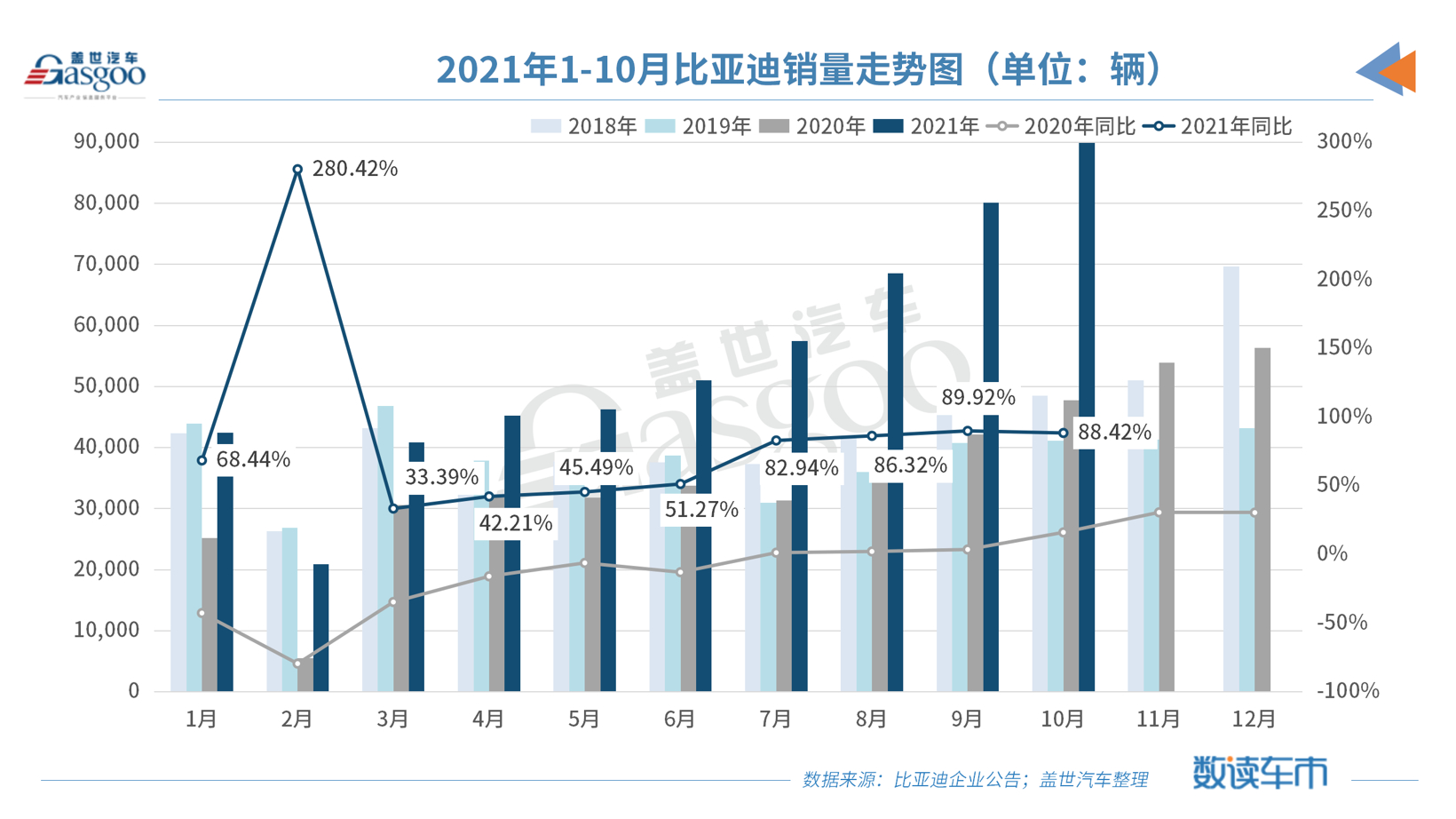
It is worth noting that the sales volume of BYD fuel vehicles in the month was 8,895, which accounted for the first time that the proportion of the total sales of the month fell below 10%, only 9.85%, which was a significant decrease of 63.72% compared with the same period last year. With the decrease in the proportion of fuel vehicles, the sales of its new energy vehicles have exploded. Based on this trend, BYD may realize the first "burn-free" traditional car company in China before the end of the year.
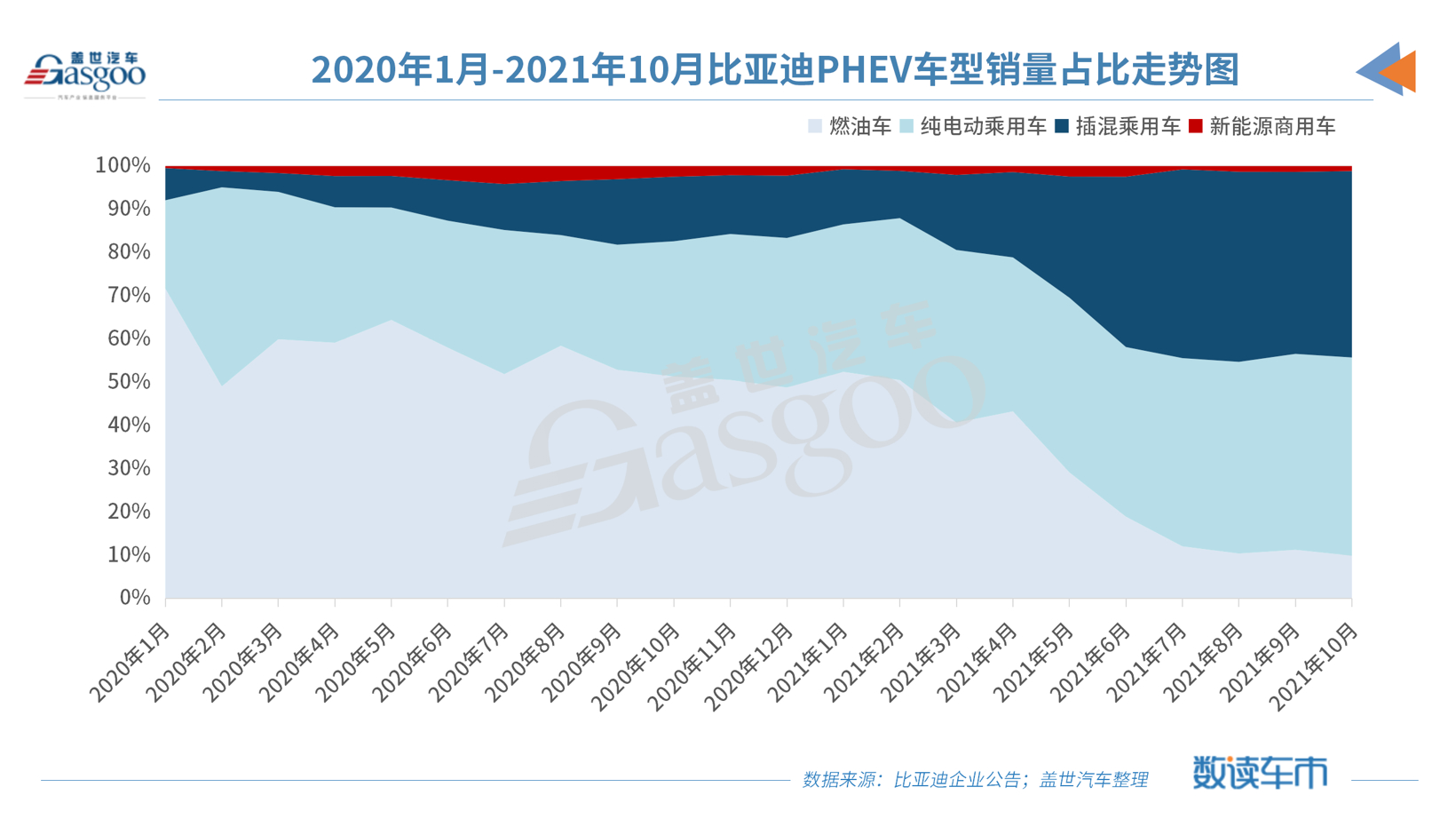
Data show that in October, BYD's new energy vehicles sold 81,040 new vehicles, accounting for 90% of the total sales of the month, a sharp increase of 249.05% over the same period last year. So far, in the first ten months of this year, BYD’s new energy vehicle sales have accumulated to 418,619 new vehicles, a year-on-year increase of 212.03%.
It should be noted that the latest data from Cleantechnica shows that in the first three quarters of this year, the cumulative number of registered electric vehicles (including plug-in hybrids) worldwide has exceeded 4.3 million, and its share in the global automotive market has reached a record 7 %. Looking at September alone, the number of global electric vehicle registrations nearly doubled (98%) year-on-year to a record 685,881 units, a 16% increase from the sales record set in June. Among the top 10 best-selling electric vehicles in the world in September, BYD alone has 4 seats, namely BYD Qin Plus DM-i, BYD Song Pro DM, BYD Qin Plus EV and BYD Han EV.
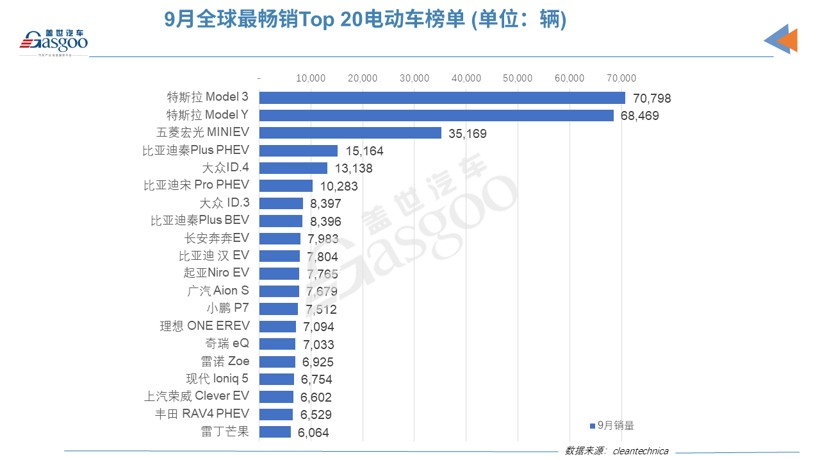
Based on this, BYD is firmly ranked as the world's best-selling electric vehicle (including plug-in hybrid) brand runner-up in the first three quarters of this year. The former is Tesla, which exploded in the third quarter of this year.
Focusing on the past October, with the dual assistance of BYD Han and the first E3.0 platform model Dolphin that was launched at the end of August, its pure electric passenger vehicle sales reached 80,003 that month, a sharp increase from 22,045 in the same period last year. 262.91%.
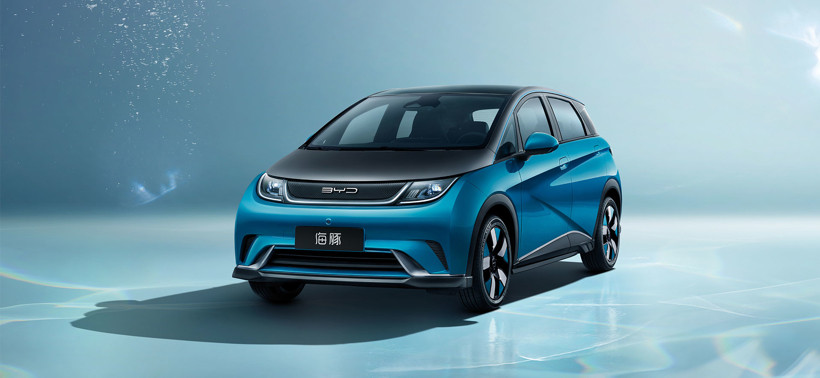
At the same time, according to its new car plan, Yuan PLUS, the first SUV car based on the E3.0 platform, is expected to be launched at the Guangzhou Auto Show in November, or it will continue Dolphin’s outstanding performance in battery life, driving, appearance, and marketing. It is expected to become a new growth point for BYD's pure electric vehicle sales.
In terms of the sales of plug-in hybrid models, a number of models based on the DM-i super hybrid technology platform became explosive models. Its plug-in hybrid product sales in October reached 38,771 units, an increase of 444.08% over the same period last year. So far, BYD has sold 184,445 plug-in hybrid models from January to October this year.
Looking back at the beginning of this year, a piece of information on BYD Auto's strategic plan for new energy vehicles in 2021 was posted on the Internet. Among them, it is revealed that BYD's new energy vehicle sales target in 2021 is 400,000 units, of which EV and DM hybrid each account for half. You know, BYD sold a total of 427,000 new cars in 2020, but less than 200,000 new energy vehicles, and DM hybrid models accounted for only a quarter of new energy vehicles.
Although the upgraded DM-i super hybrid system based on DM 1.0 was just released at that time, the DM-i versions of Qin Plus, Song Plus and Tang Plus have not yet been launched, but they are geared towards the annual sales target of 200,000 vehicles. Still be skeptical.
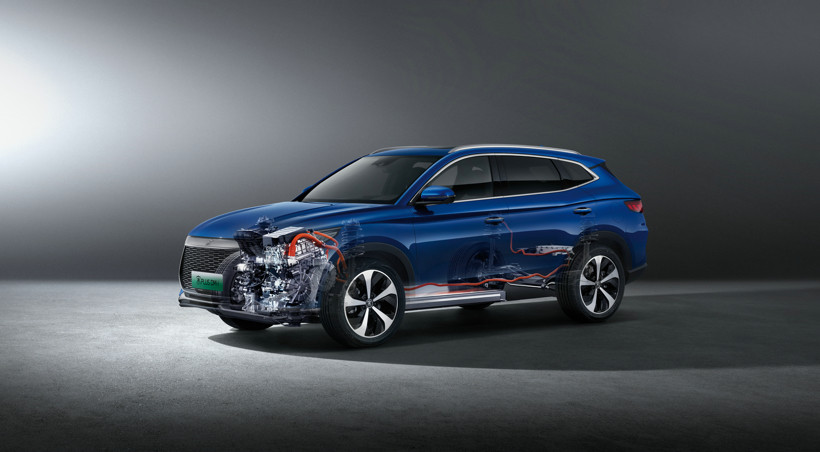
In a blink of an eye, it’s November, and BYD’s 200,000 plug-in hybrid vehicle sales target is far away, and only 15,555 vehicles remain to be completed. The monthly average target is less than 8,000 vehicles. Behind this dazzling achievement is BYD DM-i. The production capacity of the model is insufficient.
On May 17 this year, BYD issued a statement stating that it apologized for the long waiting period for new orders and said it would further expand production capacity. Subsequently, some media revealed that BYD plans to invest 2 billion yuan to build a production base in Taiyuan, Shanxi, to mainly produce EHS powertrains, with an estimated annual production capacity of 500,000 sets. Hefei BYD's high-end core parts project for new energy vehicles with a production capacity of 400,000 core supporting parts has also started at the end of August.
This means that the expansion of production will not only be a "burn ban" at this stage, but will carry out the hybrid strategy to the end.
The industry knows that according to my country’s "Energy-saving and New Energy Vehicle Technology Roadmap 2.0" released in the second half of last year, my country’s energy-saving and new energy vehicles will each account for half of them by 2035. However, according to data from the Gasgoo Research Institute, the sales of hybrid vehicles in my country will only account for about 5% of the total sales in 2020.
Facing the promising hybrid vehicle market, not only BYD, but also traditional car companies including Geely, Great Wall, GAC, SAIC, Chery, and Changan have made relevant arrangements in the field of hybrid technology. Combining the conditions of the R&D side and the demand side, China has also given strong policy support to the hybrid power market.
As BYD’s production capacity continues to ramp up and new products continue to release the market, its plug-in hybrid vehicle sales may rise to a new stage in the future, and it will form a complete new energy vehicle product camp with BYD’s E3.0 platform models. .
At present, BYD Auto still has up to 160,000 orders on hand. In the future, with its Qinghai, Xi’an, and Chongqing second-phase plant blade battery production lines, the production capacity of the entire vehicle is expected to be released at an accelerated rate, thereby ensuring that BYD continues to seize the world. New energy vehicles have a larger market share.
